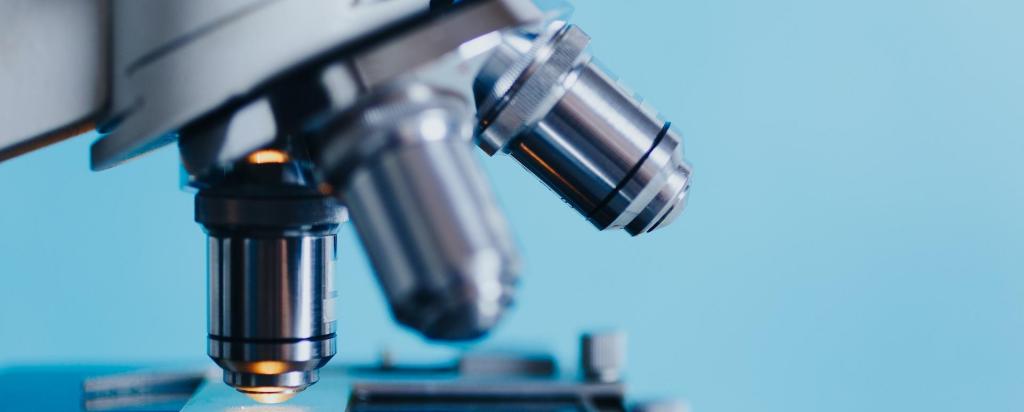

Showing 341 - 360 of 1074 results

Australia charges ahead with new Lithium Technology
Scientists at ANSTO together with Lithium Australia Limited (LIT) have developed a world-first technology to extract more lithium from lithium mining waste, in a game-changer for Australian lithium industry.
Nuclear techniques reveal 'stone age': dating kidney stones
Seeing inside artefact
Seeing inside an ancient Australian Indigenous artefact non-invasively using neutron tomography.
Successfully navigating the challenges of replacing a component in a nuclear reactor
The installation of a cold neutron source (CNS), a component that reduces the energy and speed of the neutrons from a research reactor for use in scientific instruments, was successfully completed in September 2024.
European neutron scattering research community faces challenges
Scientists untangle the challenging complexities of radiocarbon in ice cores
Research elucidates how in situ cosmogenic radiocarbon is produced, retained and lost in the top layer of compacting snow (the ‘firn layer’) and the shallow ice below at an ice accumulation site in Greenland.
Business case to inform direction of Australian nuclear medicine
Consultant appointed to consider a variety of financial, manufacture and import options.
Updated statement on nuclear medicine supply

Environmental Monitoring
ANSTO undertakes a rigorous environmental monitoring program and shares expertise nationally and internationally.
Breaking the mould: Leadership announcement
Dr Ceri Brenner appointed new leader of the Centre for Accelerator Science
Research brings a better understanding of the stability of very old groundwater
Groundwater experts from ANSTO and UNSW have led a collaboration of Australian and American researchers to analyse the composition of deep, very old groundwater and develop a new conceptual framework that describes the degradation of carbon over time in the subsurface.

Services - Platypus
Sample environments, Data Analysis.

Innovate Reconciliation Action Plan
In 2023 ANSTO produced its 2nd Innovate Reconciliation Action Plan to guide reconciliation actions.
Nuclear techniques reveal inner structure of iron meteorities non-invasively
Synchrotron techniques reveal amount of carbon captured in microscopic seams of deep-sea limestone
A collaboration of Australian scientists has used ANSTO’s Australian Synchrotron to measure the amount of carbon that is captured in microscopic seams of deep-sea limestone, which acts as a carbon sink.
Groundwater study
Using isotopes to understand saltwater intrusion of Rottnest Island groundwater
Teachers Down Under Head to CERN: Australian Educators Selected for International High School Teacher Program
Part of the Large Hardon Collider
New molecule puts scientists a step closer to understanding hydrogen storage
Australian and Taiwanese scientists have discovered a new molecule which puts the science community one step closer to solving one of the barriers to development of cleaner, greener hydrogen fuel-cells as a viable power source for cars.
Today we celebrate 65 years since the official opening of Australia’s first nuclear research reactor in 1958
ANSTO is celebrating the official opening of HIFAR, Australia’s first nuclear reactor, sixty-five years ago.